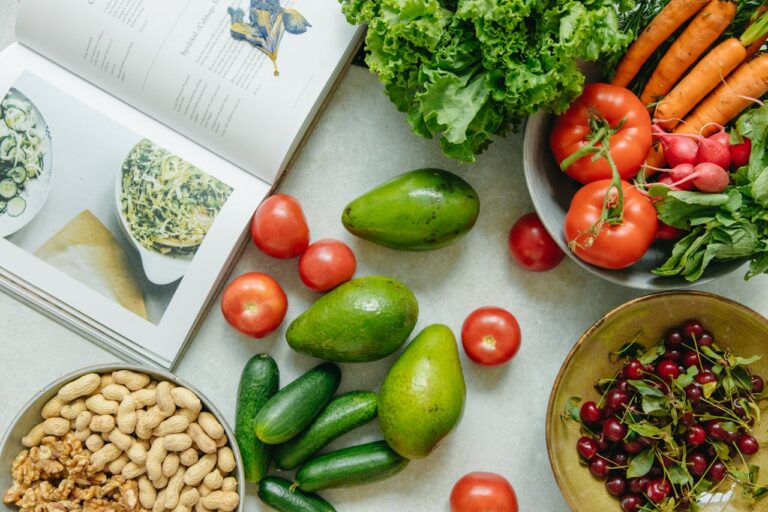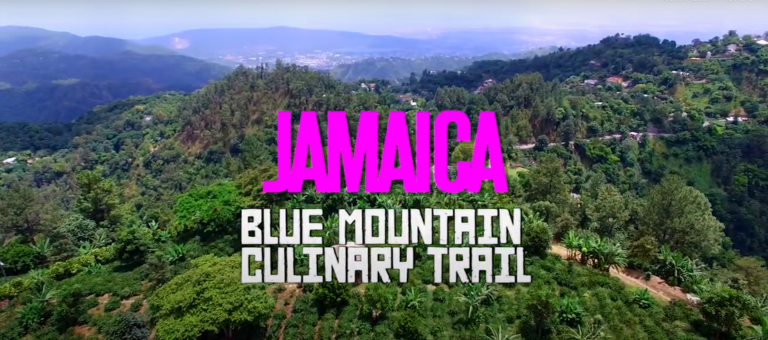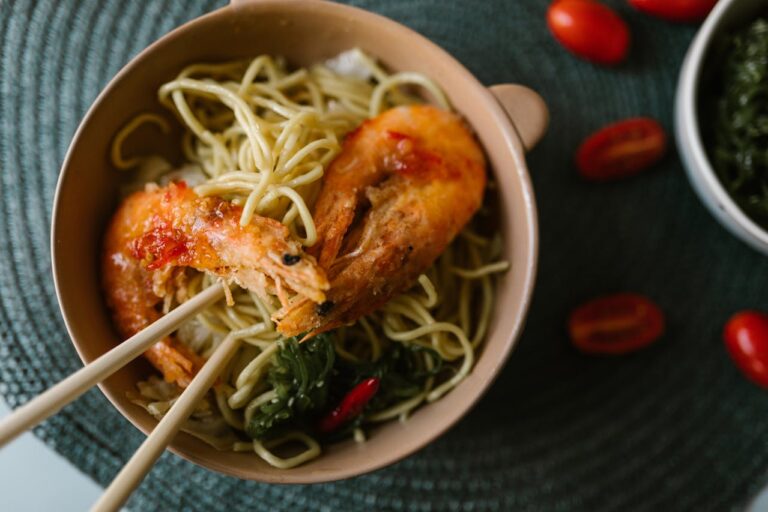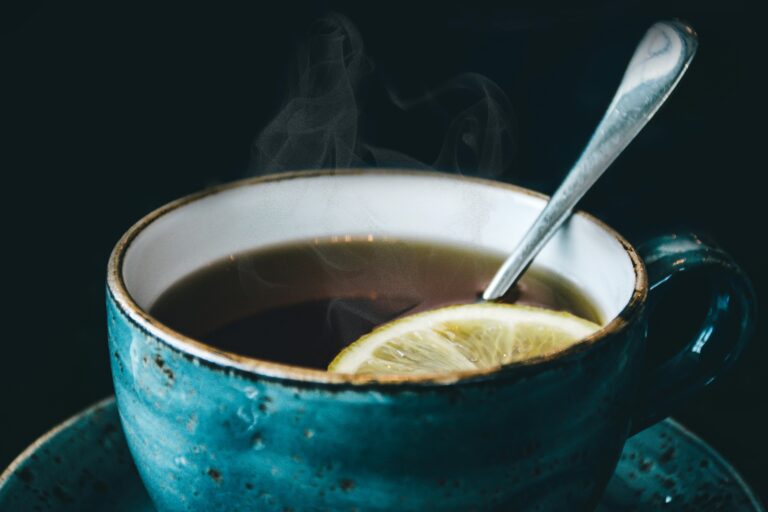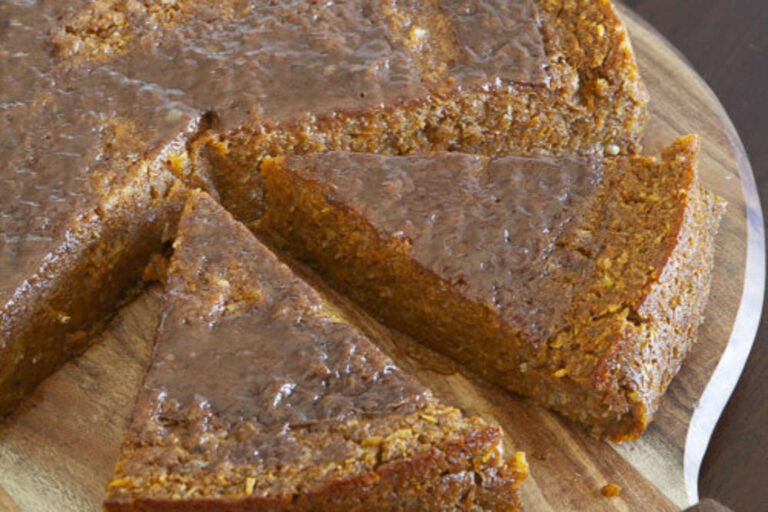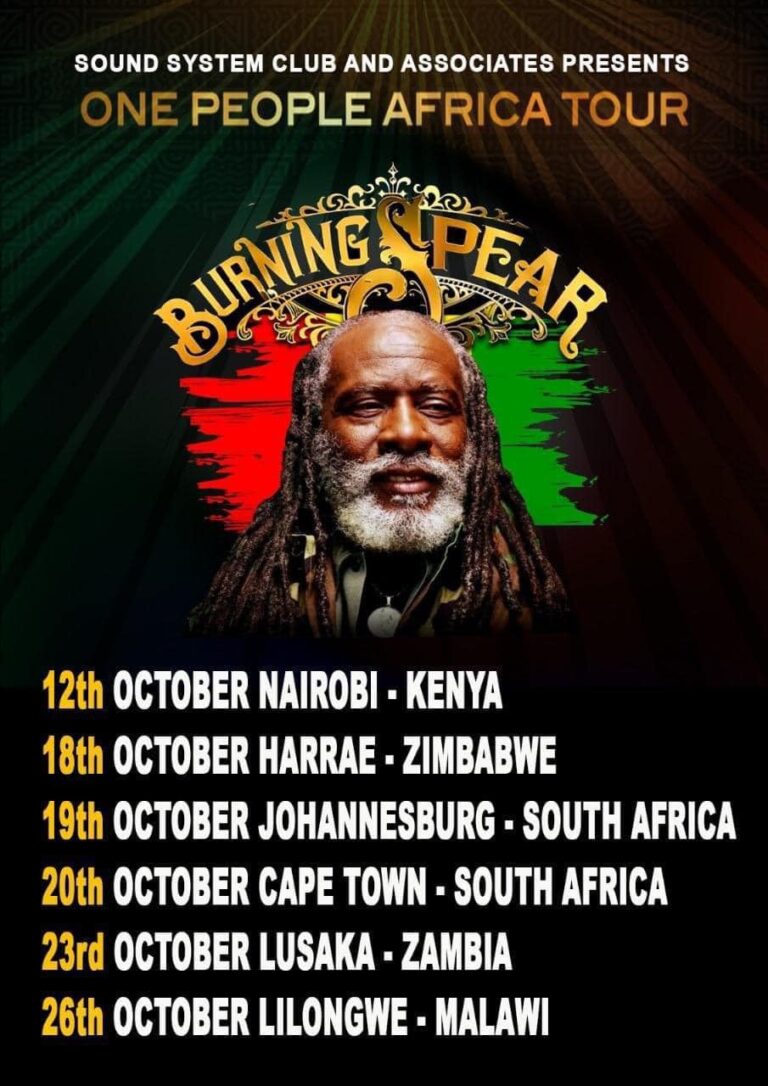“Rastafarianism is more than a religion — it’s a living, breathing movement born out of struggle, hope, and a deep connection to African roots. Emerging in 1930s Jamaica during a time of social unrest and colonial oppression, Rastafari offered a new way of seeing the world. Inspired by Marcus Garvey’s teachings of Black pride and unity, and anchored by the coronation of Emperor Haile Selassie I of Ethiopia (seen by Rastas as a divine figure), the movement grew beyond a belief system into a full lifestyle. Over the decades, Rastafari has shaped global culture through music, language, fashion, and a powerful call for spiritual and physical liberation. Today, it continues to evolve — keeping its core values of unity, peace, and connection to nature alive in a modern world.”
Ital Living: The Natural Way
“Eat pure, live pure.”
In Rastafarian culture, food isn’t just sustenance — it’s a sacred connection to life itself. At the heart of this belief is Ital living, a natural way of eating that preserves the body’s vital energy and keeps it in harmony with the earth and Jah (God). The word “Ital” comes from “vital,” highlighting the importance of pure, life-giving foods.
For many Rastafarians, eating Ital means following a strict vegetarian or vegan diet. Meat, especially pork and shellfish, is typically avoided, along with any processed foods, artificial additives, and chemically treated ingredients. The goal is to consume foods in their most natural, unaltered state — foods that are full of life and energy. Meals are often made using fresh fruits, vegetables, legumes, and grains, seasoned only with natural herbs and minimal salt.
Ital is also deeply tied to the principle of “livity” — living in righteous balance with the world around you. By eating clean, Rastafarians believe they maintain spiritual clarity, physical strength, and a deeper connection to Jah. Some even take Ital to higher levels, practicing raw food diets or using only clay or wooden utensils to prevent metal from “corrupting” the food’s pure energy.
Beyond personal health, Ital living respects the earth. Choosing organic, locally grown produce, and minimizing harm to animals, reflects a broader commitment to sustainability and compassion. It’s a way of saying: the life you consume should honor the life that created it.
Today, Ital living continues to influence global health trends — from plant-based diets to the farm-to-table movement. But for Rastafarians, Ital is not a fad. It’s a daily act of faith, a spiritual journey that nourishes not just the body, but the soul.
🍃 Ital Food Essentials: A Quick Guide 🍃
- Fruits: Mango, papaya, banana, avocado, guava
- Vegetables: Callaloo, okra, sweet potatoes, cassava, spinach
- Legumes: Red beans, chickpeas, lentils
- Grains: Brown rice, quinoa, whole wheat
- Herbs & Seasonings: Thyme, basil, pimento, turmeric, scallion
- Oils: Coconut oil, olive oil (natural and cold-pressed)
- Extras: Natural spring water, fresh coconut water, sea moss gel
🌿 Keep it natural, simple, and close to the earth.
Ready to clean up your plate and your spirit? Share your favorite natural foods in the comments!


